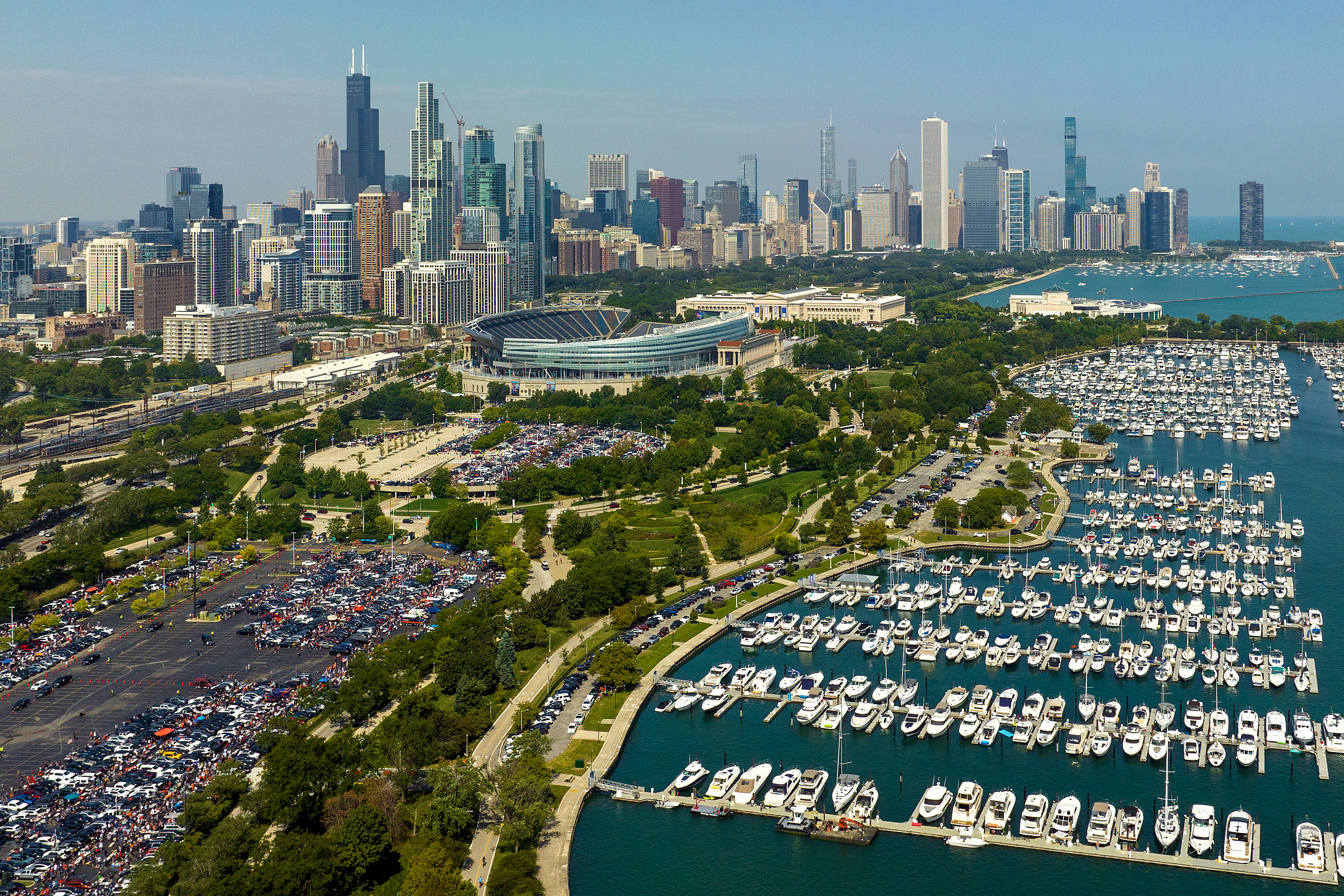1 p.m. Friday Update: As the Chicago weather forecast shifts, the National Weather Service has changed when the winter storm alerts will go into effect, as well as which counties are included and snow predictions. Our latest story can be found here. Our original story continues below.
While Friday morning across the Chicago area may appear quiet, a complex winter storm system set to bring heavy snow and rain to some parts is expected to create travel headaches by the time the Friday afternoon commute hits, the NBC 5 Storm Team says.
The brunt of the heavy snow and hazardous travel conditions, the latest forecast models show, are most likely to occur in Northwest Indiana. However, widespread rain changing to snow across much of the Chicago area could result localized flooding and slippery, slushy roads.
Another threat, the NBC 5 Storm team says, is strong winds. Forecast models show wind gusts of up to 45 miles per hour are expected throughout the Chicago area, which could result in downed trees and power outages, the National Weather Service warned.
Feeling out of the loop? We'll catch you up on the Chicago news you need to know. Sign up for the weekly Chicago Catch-Up newsletter here.
MORE: ComEd Preparing For ‘Potential Power Outages' As Winter Storm Threatens Chicago Area
As the storm creeps in and forecast models continue to evolve, here's what the NBC 5 Storm Team is reporting right now.
Local
12 p.m.: Winter Storm Warning, Winter Weather Advisory in Effect
According to the National Weather Service, a winter storm warning for Kankakee and eastern Will Counties in Illinois, as well as Lake, Porter, Newton and Jasper counties in Indiana will go into effect at 12 p.m. Friday.
In those counties, "heavy, wet snow, intense snow rates, strong northeast winds and low visibility" is expected, an alert from the NWS says.
However, "due to the nature of the expected narrow snow band," the alert continues, some areas could see between four to eight inches of snow, while others could see snowfall of less than four inches.
In DuPage, Kendall, Grundy, Cook and northern and southern Will Counties, a winter weather advisory will go into effect, also at 12 p.m. There, a wintry mix of rain and wet, slushy snow is more likely.
According to the NWS, both the warning and the advisory will expire at 10 p.m. Friday
Afternoon Commute
Although rain may begin to move across southern counties in the morning, much of the winter weather is not expected to hit until the late afternoon commute, between 2 and 6 p.m., the NWS says, when quick snowfall is expected to occur in some parts.
"Difficult to potentially crippling commute this afternoon and evening where snow falls the heaviest," the NWS said in a tweet. "Slowed and slippery travel expected everywhere else."
According to forecast models, hazardous travel is most likely to occur across Northwest Indiana, east of I-57.
While timing remains the same for the counties in the winter weather advisory, precipitation in those parts is more likely stay in the form of rain potentially transitioning to snow, the NBC 5 Storm Team says. However, the rate of precipitation is could snarl roads.
"Plan on hazardous road conditions including the Friday afternoon and evening commute," the NWS says. "If snow falls hard enough, some slushy accumulations are possible on untreated roads."
Additionally strong winds are likely to last much of the day, with the strongest gusts between 11 a.m. and 5 p.m., forecast models show.
Snow or Rain?
According to the NBC 5 Storm Team, heaviest snow is most likely to fall east of I-57, where a winter storm warning will go into effect at 12 p.m. In those parts and in Northwest Indiana, quick, heavy snowfall is most likely to occur, with four to seven inches of snow predicted.
In central Illinois, where at 12 p.m. counties including Cook will be under a winter weather advisory, "slushy snow accumulations up to an inch" is expected, the NWS says, although totals of between two and four inches are possible. In those areas, temperatures are expected to remain in the mid to high 30s.
"The snow will be wet and slushy with temperatures near or just above freezing," the NWS says. "if snow falls hard enough, some slushy accumulations are possible on untreated roads."
Additionally, heavy rainfall prior to snow could result in localized flooding, forecast models show.
By evening, snow and other forms of precipitation will slowly diminish, the NBC 5 Storm Team says.
This story has been updated as forecast models continue to evolve.



